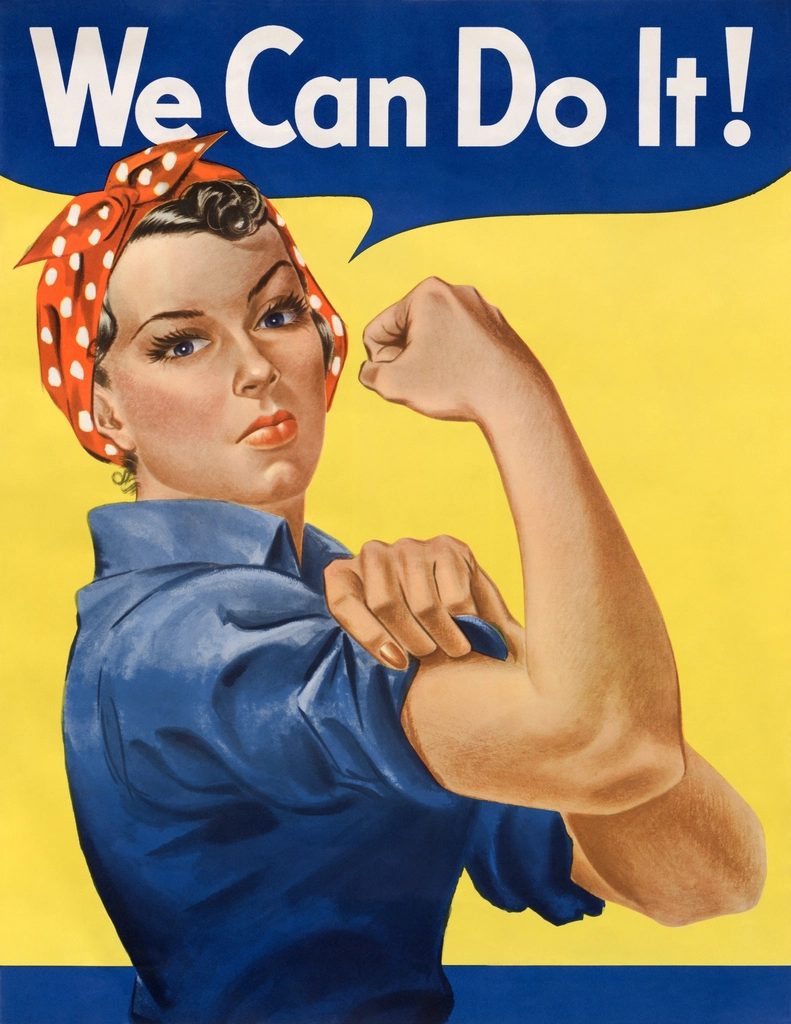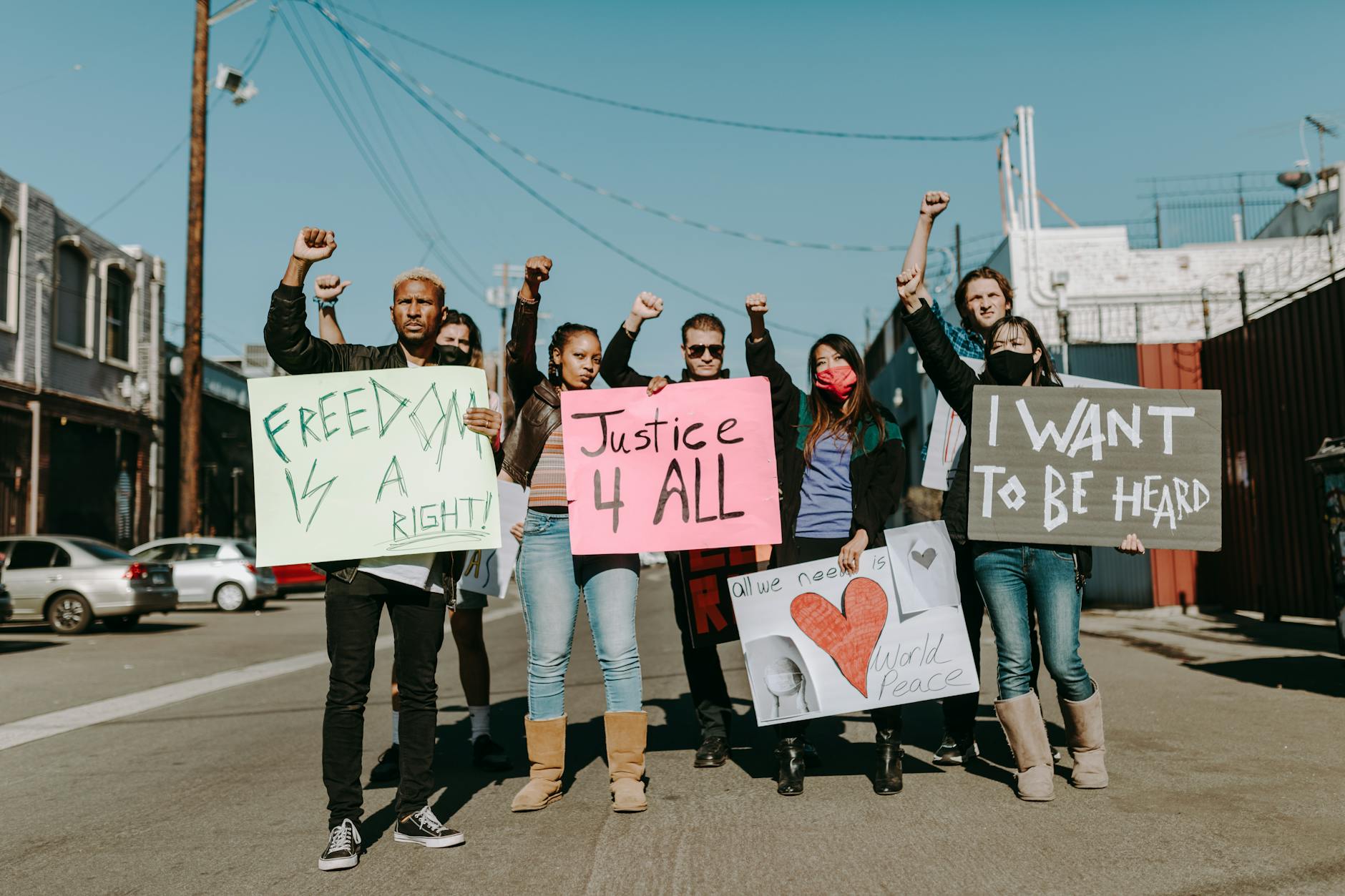I have just emerged from a deep rabbit hole that started about three days ago, following a visit to the Tower of London. It wasn’t my first time visiting London nor the Tower of London, but it was my first time visiting with a deep curiosity for the history that had transpired on the very ground on which I stood. I was especially focused on one of the most intriguing and disturbing chapters of English history: the Tudor era and the story of King Henry VIII and his six wives, two of which were beheaded at the Tower of London.
My rabbit hole into Tudor history left me feeling all sorts of ways: sadness for the senseless killing of women for things beyond their control, such as suffering miscarriages or failing to deliver a son. Frustration over how elements of the past still ripple through the years and can be seen today. My recent London visit got me thinking about how women have been treated throughout history—a lofty topic that can hardly be summed up in one online article, let alone the thousands of books dedicated to exploring women’s history.
The evolution of women’s treatment from the medieval era to the present day is a profound and multifaceted transformation. It is a complicated journey, marked by periods of stagnation, gradual progress, and significant breakthroughs, revealing the complex interplay of social, cultural, religious, and economic forces that have shaped women’s lives. For the sake of my curiosity, here is how women’s rights and their standing in society have evolved from the Middle Ages to the present day.
A Dark Time for Women in the Medieval Ages
In the medieval world, women’s lives were primarily defined by their roles within the household and their relationship to men. The dominant social structures, including the feudal system and the pervasive influence of the Church, contributed to a hierarchical system where women were generally considered subordinate. Their primary responsibilities revolved around managing the household, raising children, and sometimes assisting their husbands in family businesses or agricultural labor. The complexities of women’s experiences and the limitations they faced throughout history are perhaps no more starkly illustrated than in the tumultuous reign of King Henry VIII of England. His six marriages, each driven by a desire for a male heir and political expediency, highlight the precarious position of women in even the highest echelons of society.
Catherine of Aragon, his first wife, endured years of marriage without a male heir and was ultimately divorced against her will. Anne Boleyn, who initially captivated Henry, was unable to produce a male heir and was subsequently executed on trumped-up charges of adultery and incest. Jane Seymour, his third wife, finally gave him a son but died shortly after childbirth. Anne of Cleves, chosen for political alliance, was deemed unattractive by the king, and the marriage was quickly annulled. Catherine Howard, young and impetuous, was executed for adultery. Only Catherine Parr, his sixth wife, managed to outlive him, demonstrating a degree of agency and survival in a court where women’s fates often rested on the whims of the king. Henry VIII’s extreme treatment of his wives reflects the broader historical context in which women were often seen as instruments for political gain and dynastic succession, their desires and well-being often secondary to the needs of the state and the ambitions of men.

Legal rights were severely restricted for women who typically could not own property independently, enter into contracts without male consent, or represent themselves in legal matters. In fact, women were often considered the property of their fathers or husbands, highlighting their limited legal standing. The Church’s teachings further reinforced these limitations, often emphasizing women’s roles as mothers and wives while simultaneously perpetuating negative stereotypes about female weakness, susceptibility to temptation, and a woman’s supposed inferiority. Unfortunately, this pervasive patriarchal ideology shaped societal perceptions of women for generations to come and limited women’s rights, their opportunities for education, economic independence, and social mobility.
The First Glimpses of Gender Equality
The Enlightenment and the subsequent Industrial Revolution brought about significant societal changes that impacted women’s lives in complex ways. Enlightenment thinkers began to challenge traditional views of women’s roles and advocate for greater equality based on principles of reason and natural rights. Ideas about individual liberty and social reform gained traction, laying the groundwork for future feminist movements.
While creating new economic opportunities for women, the Industrial Revolution also presented significant challenges. The rise of factories and mills led to the employment of women in unprecedented numbers, but these opportunities often came at a cost. Women frequently worked long hours in harsh conditions for significantly lower wages than their male counterparts. Despite these challenges, the Industrial Revolution gave women a degree of economic independence they had not previously experienced in prior generations, contributing to a gradual shift in their social standing. Women also became increasingly involved in social reform movements, advocating for issues such as abolition, temperance, and, importantly, women’s suffrage.
20th Century Women Made BIG Strides
The 20th century witnessed dramatic progress in the fight for women’s rights, particularly with the culmination of the women’s suffrage movement. After decades of tireless activism and struggle, women in many countries finally gained the right to vote, a landmark achievement that symbolized their growing political agency. This victory marked a significant step towards legal and political equality, though it did not immediately translate into full social and economic equality. The 20th century also saw women making significant strides in education, entering professions previously dominated by men and challenging traditional gender roles in the workplace.

The two World Wars, while devastating, ironically provided women with unprecedented opportunities to take on new responsibilities in the workforce, filling positions left vacant by men serving in the military. These experiences demonstrated women’s capabilities and further challenged societal assumptions about their roles. The latter half of the 20th century witnessed the rise of second-wave feminism, which focused on a broader range of issues, including reproductive rights, equal pay, and an end to gender-based discrimination. These movements led to significant changes in laws and social attitudes, further advancing women’s rights and opportunities.
Modern Day Women & What’s Next
While characterized by significant progress, the modern era also reveals the persistent challenges in pursuing women’s rights and promoting gender equality. While women have made remarkable strides in education, employment, and politics, inequalities and discrimination persist. The gender pay gap, for example, continues to be a persistent issue in many countries, highlighting the ongoing disparity in economic opportunities. Workplace discrimination, including sexual harassment and bias in hiring and promotion, also remains a significant barrier for many women.

Balancing work and family responsibilities continues to be a major challenge, particularly in the absence of adequate support systems such as affordable healthcare, childcare, and paid parental leave. Gender-based violence, including domestic violence, sexual assault, and harassment, remains a pervasive issue affecting women worldwide. These challenges underscore the fact that the fight for gender equality is an ongoing process that requires continuous effort and commitment.
Despite significant progress made throughout the years, it’s clear that the challenges and inequalities that women face persist and echo throughout history. Achieving true gender equality requires that we push our elected officials to address issues such as the gender pay gap, workplace discrimination, gender-based violence, and the challenges that women face both at home and at work. It’s only through sustained commitment and action that we can ensure women’s rights continue to progress rather than slide backward.
In my Tudor-inspired rabbit hole, I emerged, realizing how some of the archaic attitudes and crimes committed against women throughout history can still be seen today. Whether it’s violence, a sense of ownership, retribution for adultery or daring to leave a marriage, sexual abuse, or blatant discrimination—it is jarring to see both how far we have come and still how far we have yet to go.



Very interesting